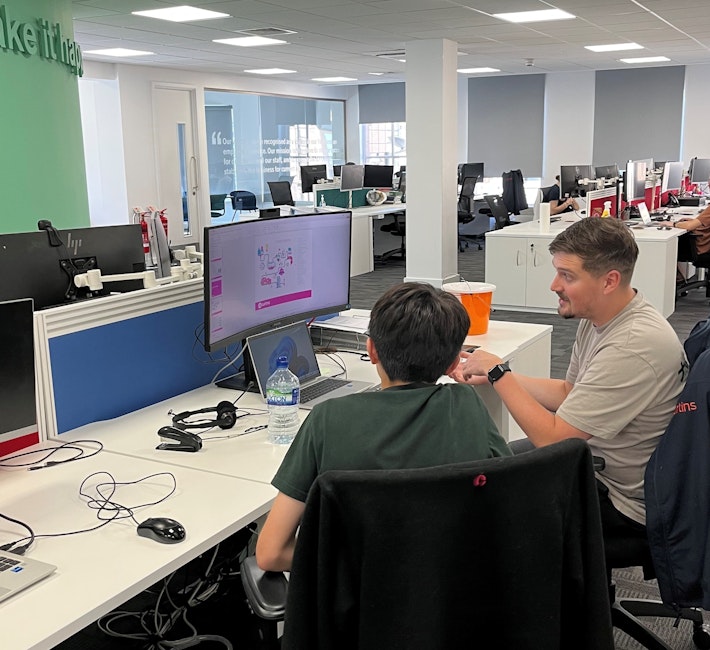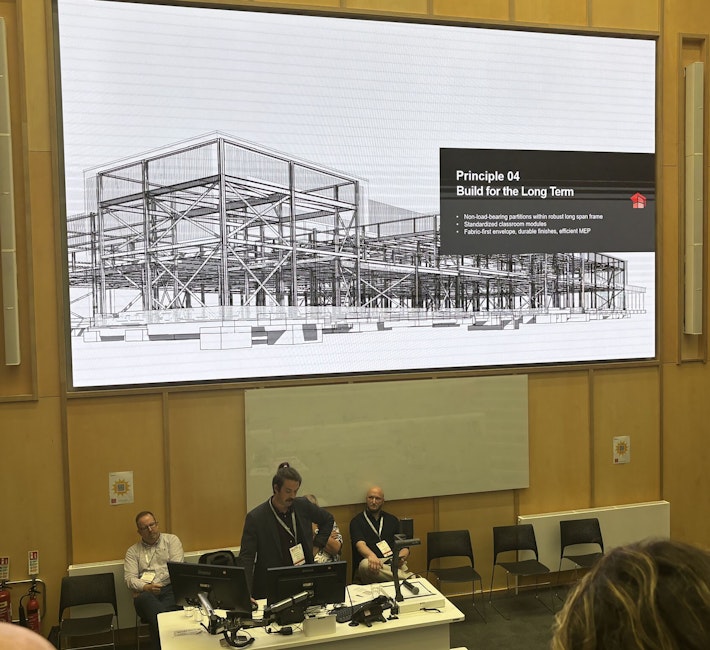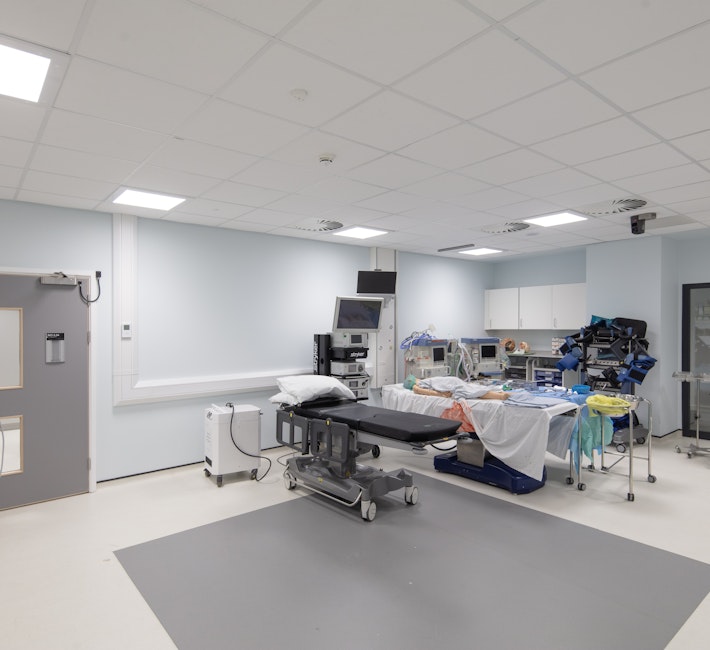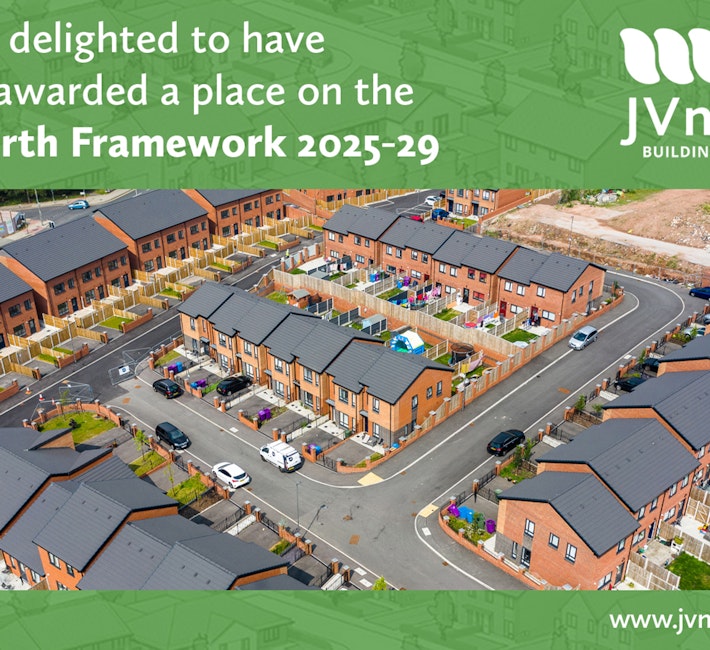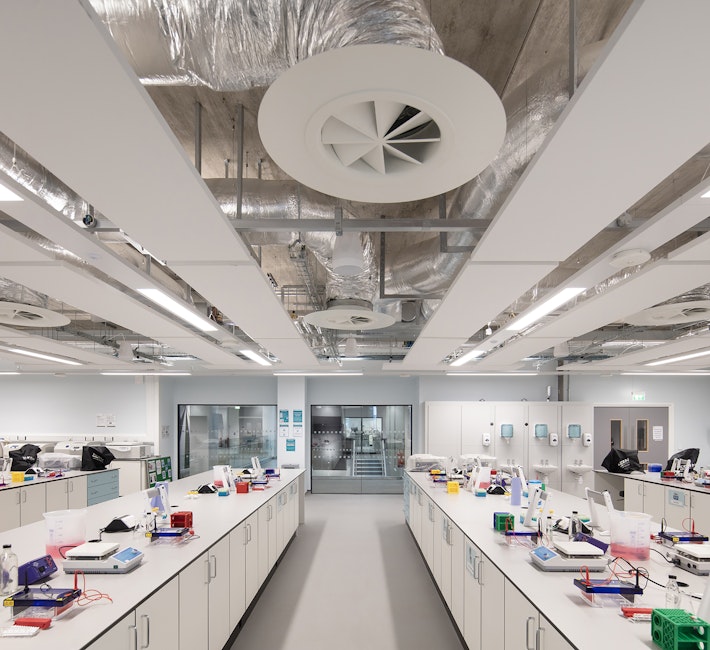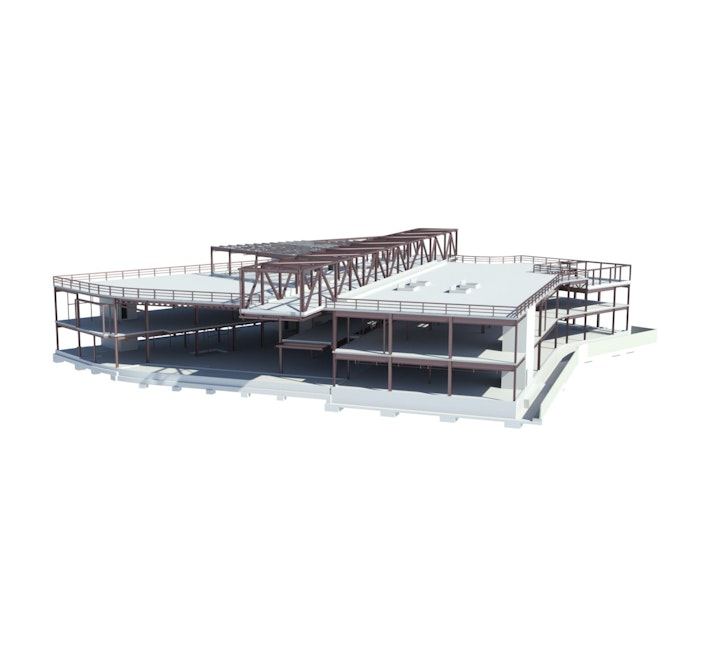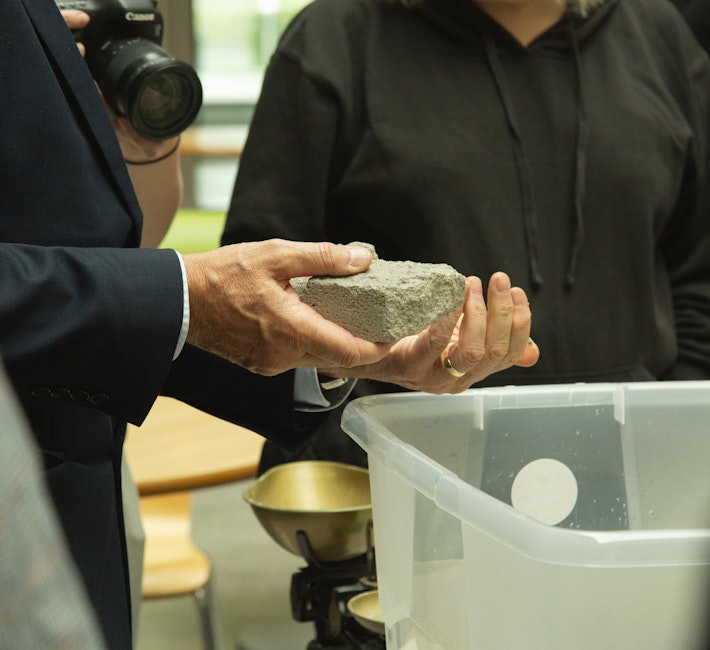Our Dublin office moves into larger premises in the city's Digital Hub
Exciting News for our Dublin team, as they relocate into a vibrant new space within the historic Liberties area of Dublin city centre...
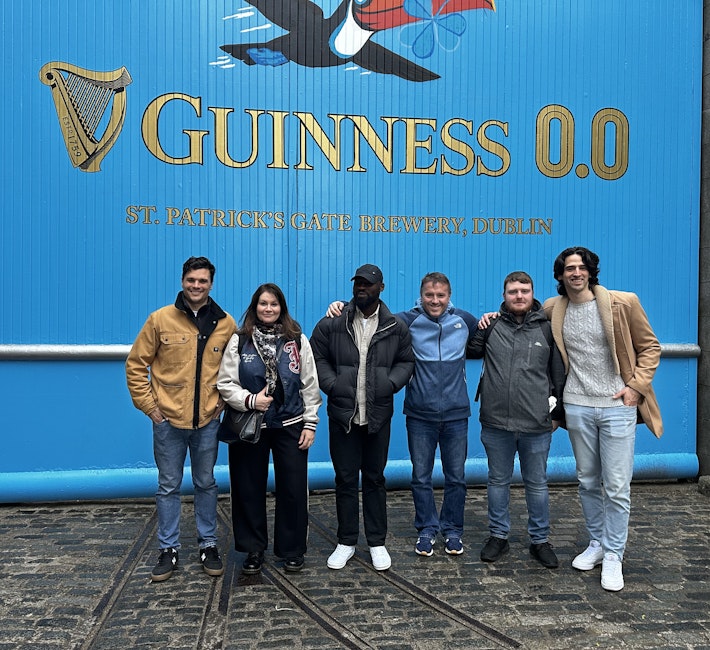
Exciting News for our Dublin team, as they relocate into a vibrant new space within the historic Liberties area of Dublin city centre...
Last week, we welcomed John, a student from a local high school, for a week of work experience. During his time at Curtins, he explored our company values, gained insight into our history and the engineering industry today. Read on to discover his reflections from the week...
Samuel McCourt, Associate at Curtins, recently gave a presentation at Education Building Wales alongside Wynne Construction and Lovelock Mitchell Architects. Together, they showcased the Ysgol Robert Owen project, an innovative Additional Learning Needs (ALN) school based in Newtown, Powys.
Curtins Board Director, Jon Moister reflects on chairing a roundtable at the Life Sciences & Research Clusters Conference.
Rhiannon Carss, Director of Culture and Engagement, joins Insider Media for a conversation on the essential elements that shape a thriving organisational culture.
We're delighted to be appointed to the JV North Framework for engineering services, supporting the delivery of high-quality, warm, energy efficient and safe homes.
We have been nominated for 'Best Engineering Consultancy' at the conference happening on Tuesday 24th June, in London.
Curtins were shortlisted in the final two for the BIM Summit sustainability award!
An exciting and engaging day for Year 5 students in the Isle of Man, exploring the construction industry while developing problem-solving and engineering skills.
We're delighted to be on this year's list for Supplier of the Year.
Following a full review from an independent panel, the final report announced that we had achieved another three years of Investors in People Platinum status.
Curtins’ are the focus of a five-page spread in the IHEEM Health Estate Journal, highlighting the potential issues of RAAC.
